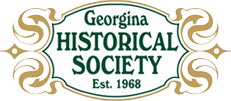Click to Download the PDF
Download the Word Doc
President’s Message
May is the month that Ontario’s provincial flower, the Trillium makes its brief appearance.
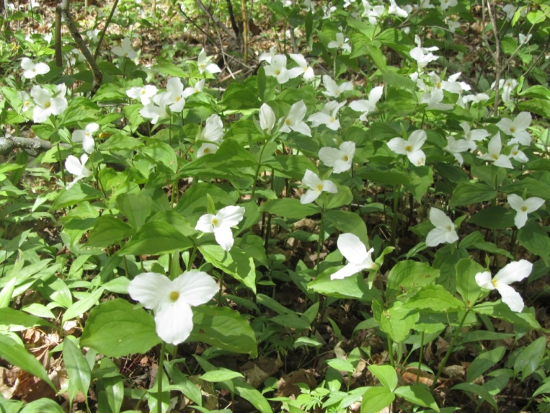
Interesting Trillium Facts :
Three is the magic number with Trilliums, they have three broad leaves, three small green sepals, three petals and a three sectioned seedpod. Trillium seeds are primarily dispersed by ants. The White Trillium is a favorite food of the White-tailed Deer.
Trilliums have only a few short weeks to collect as much sunlight and nutrients as possible to survive for the rest of the year. If you pick a Trillium, the plant may not have enough reserves to survive the winter. Enjoy our provincial flower in the month of May.
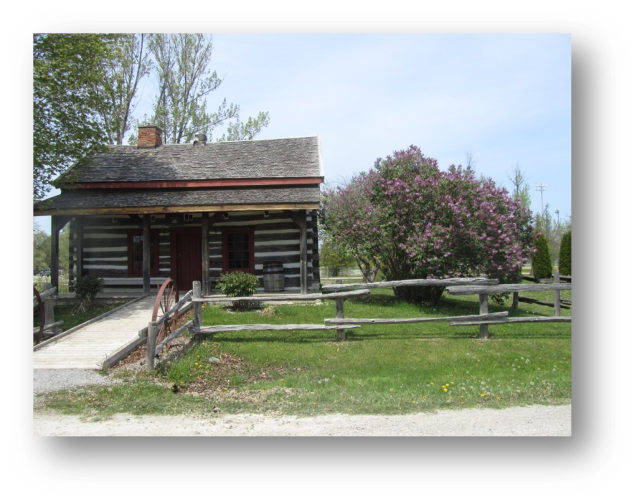
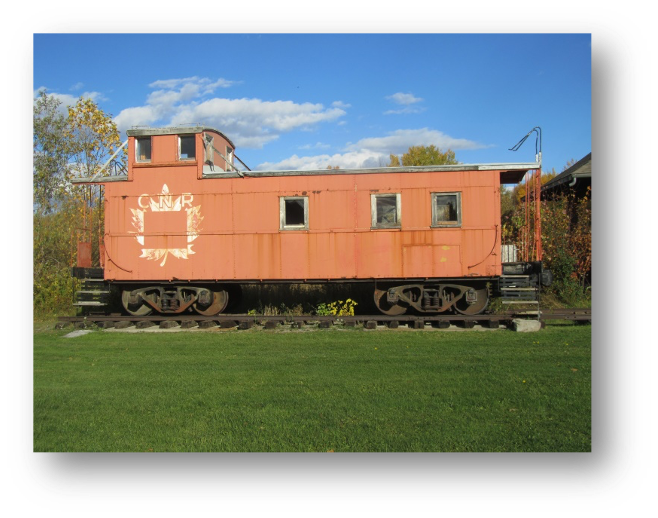
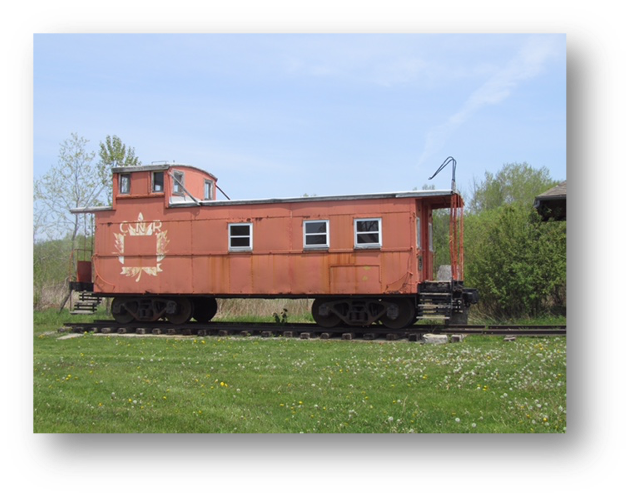
Since fund raising projects have been somewhat curtailed during the past year due to the Covid restrictions, we welcome any of your suggestions to assist in this effort to replace activities we have been unable to participate in due to the pandemic. As the Covid 19 reopening progresses the Georgina Historical Society will strive to keep its members up to date, by email, etc. on changes as related to the Historical Society and the Pioneer Village.
Take care, stay safe
Tom Glover
President GHS
MOSSINGTON BRIDGE
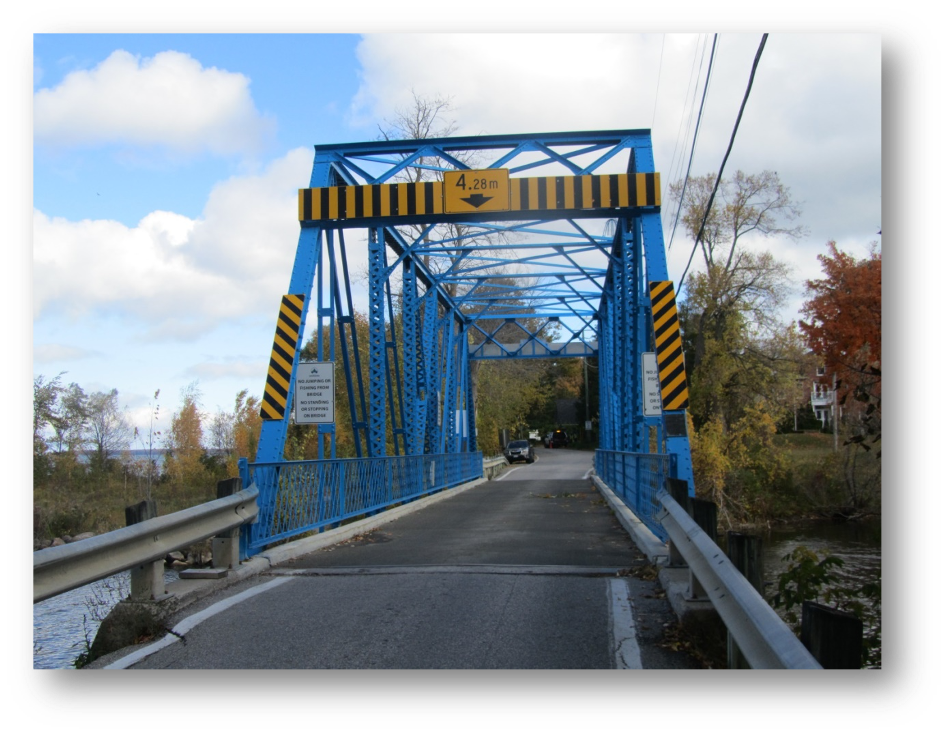
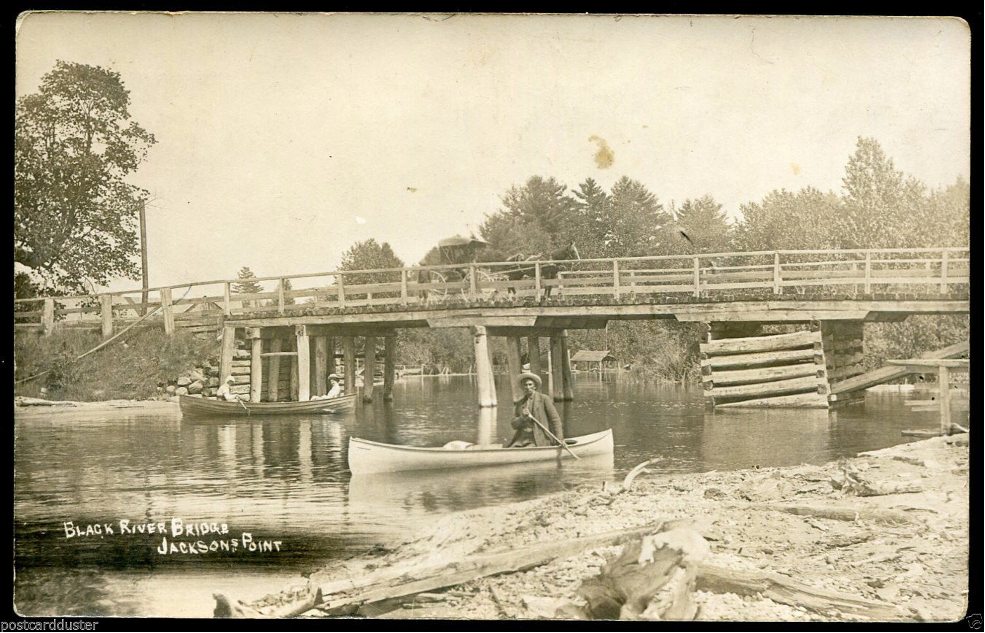
The Mossington Bridge linked the properties of the founding families on the east and west sides of the river, served a mill, campgrounds, dance pavilion cottagers and residents travelling to Mossington Park and surrounding communities. Its narrow width is a reminder of the evolution of roadways and bridges. The Mossington Bridge a significant and well used structure is an important part of the tradition and heritage of Georgina.
IT HAPPENED IN RAVENSHOE…A TRAGEDY. MAY 08, 1950
By Tom Glover
Large rocks remained in many of the farm fields in the first half of the 20th century. My father had taken a 2 day course at Guelph Agricultural College to learn how to dynamite those rocks in order to remove them from the fields. When fellow farmers saw how successful my father was at removing the rocks by dynamiting them, they came to him to learn how to blast the stones away. Fred Mahoney, a WW2 veteran was one of the neighbours who learned how to dynamite rocks from my father.
The morning of the tragic event, my father had taken a load of grain to Baldwin mill to be ground into pig feed. A preschooler, I was playing with my toys on the kitchen floor when my mother and I heard an unusually loud explosion followed by an eerie silence. I remember my mother saying “Something is wrong, Something is wrong!”
Minutes later, the phone began ringing as the rural party line spread the horrible news; Fred Mahoney was blasting rocks on his farm and had blown up one large rock and set the charge to blow another. When the fuse failed to ignite the dynamite, Fred went to investigate, as he bent over the rock the explosion occurred and Fred was killed instantly. His fourteen year old son, William who was helping him witnessed the tragic event.
He ran to summon help and soon, family, neighbours and the local police chief, Joe Jardine were on the scene. Apparently, Fred had thought the fuse had gone out and went to reset it when the explosion occurred. He left behind his wife, Eleanor and 4 young children, William 14, Beverley 12, Claire 10 and Robert 8. The tragic loss was felt by the entire community. Some large rocks remain in the Ravenshoe area farmer’s fields to this day as farmer’s wives insisted their husbands no longer use dynamite to clear the fields.
Snapshots of the past.
By R. W. Holden
Belhaven
A small village in the township of North Gwillimbury, county of York. Distant from Newmarket, a station of the Northern railway, 18 miles, fare 75c* ; from Toronto 50 miles. Mail daily. Population about 75.
*The fare quoted above is the cost by stage to get to the railway station in Newmarket.
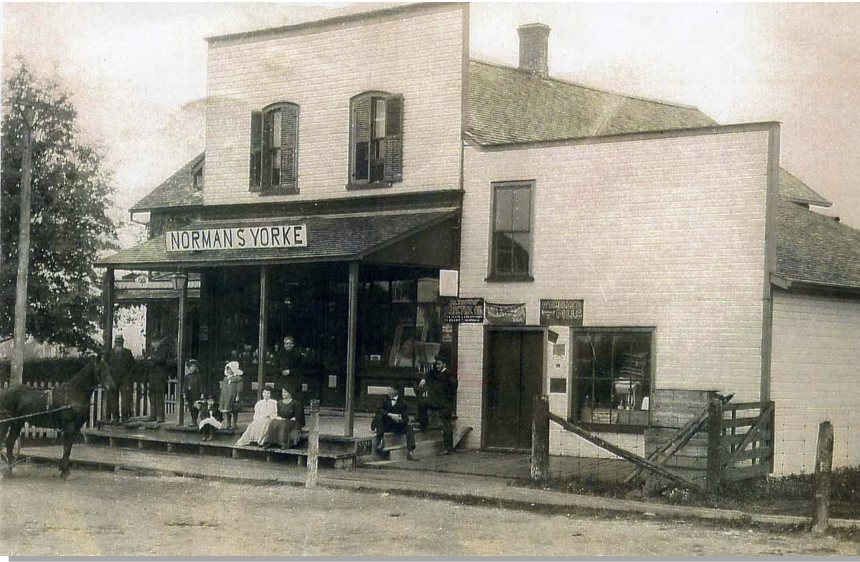
Belhaven General Store
Dafoe Albert, •wood worker
Draper Luther, farmer
Earl William, stage proprietor
Mann Willard, farmer
Martindale M., hotelkeeper
.Morton John, J. P., farmer
Morton Friend, farmer
Prosser Daniel, postmaster, storekeeper
Prosser Elijah, J.P., farmer
Silver Myron, blacksmith
Sprague James, farmer
Sprague John, farmer
Sweet Andrew, farmer
Williams William, farmer
Winch Henry, farmer
Winch .lohn. farmer
Winch Stephen, farmer
North Gwillimbury
“North Gwillimbury is delightfully situated being partially surrounded by water, and forming with Georgina the Northern part of the County. Bounded on the south by East Gwillimbury, on the east by Georgina, and north and west by Lake Simcoe, and Cooks Bay, it enjoys advantages in scenery which no other township possesses. Thye surface of the land is gently undulating with well cultivated fields, comfortable and often superior dwellings, substantial and extensive barns, and out houses. The roads are generally excellent, and a drive with a view of the lake, is in summer one to be desired and remembered. From Sutton in Georgina there is a daily stage by way of Belhaven, Keswick, Jersey, Queensville, and Sharon to Newmarket. Belhaven, sometimes called plug mount, where the township meetings are held, is a small village containing about 100 inhabitants. Keswick is pleasantly situated on the summit of the highland overlooking Cooks Bay to the west.
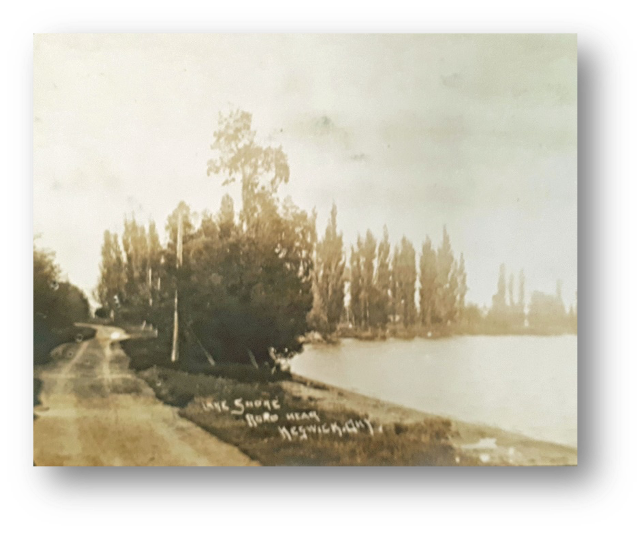
Consequently the name Medina is no longer applied, but Keswick. The road from Keswick to Roach’s Point, so named after the original owner, and out along the north shore of the township ifs very agreeable. Keswick has a population of some 150. It has no tavern, even if there was no Dunkin Act* in force, and no place of public entertainment; but we can from personal knowledge affirm that the traveller will not want for necessities. South of Keswick about a mile and a half is the village of Jersey. The road north and south is not quite straight, but follows the course of the high bank along the bay. To the east is a road the course of which is angular, extending from the north eastern part of the township , and passing into East Gwillimbury at Ravenshoe.** This was the route of travel to Yonge street of the early pioneers.”
Editor’s notes: spelling, grammar and punctuation are exactly as provided in the original text.
*Dunkin Act of 1864 passed by the Province of Canada to curb liquor consumption and provided a local option.
**Today’s Catering Road.
Where In Georgina? A New Mystery Location

